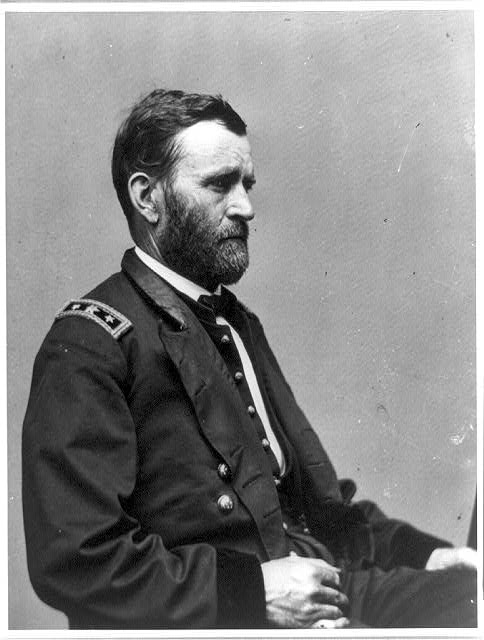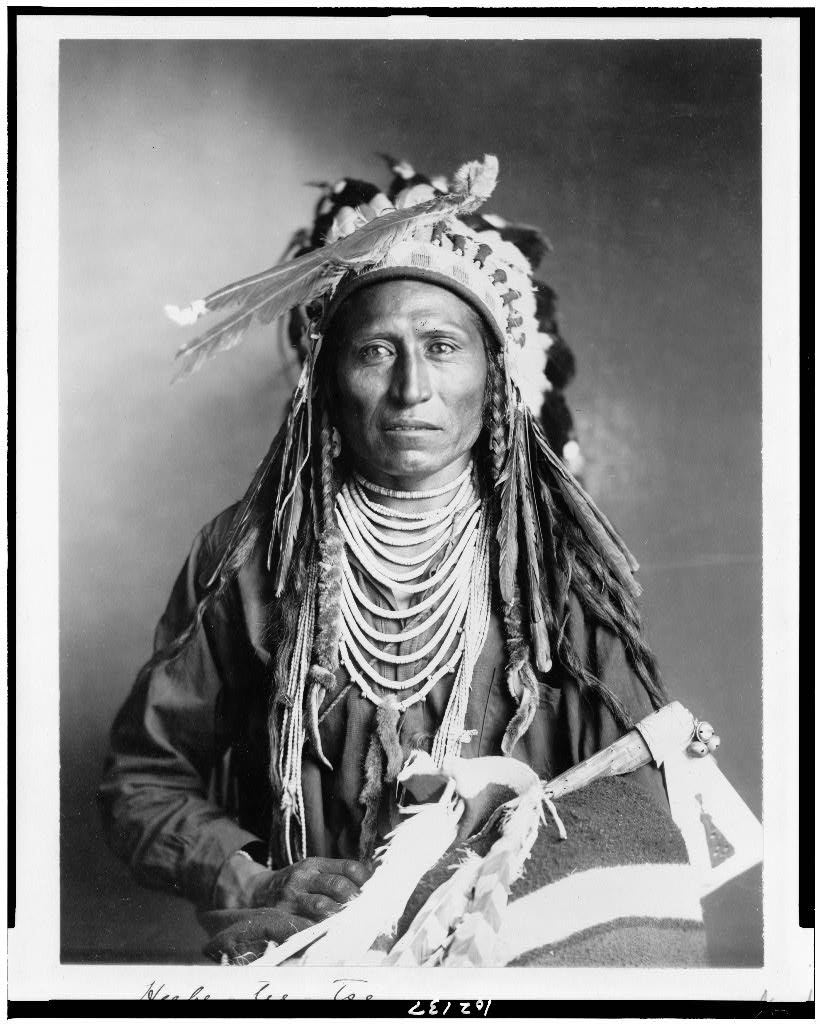Stories Behind the National Parks - Part #5
Though we see the National Parks in the present day as stunning natural lands where we can appreciate the vast biodiversity of the United States, the parks also offer rich history lessons. A trip to a National Park affords one the opportunity to learn about America's geological, anthropological, cultural, and biological history.
To honor the National Parks and what they were before they were National Parks, we launched a mini-series on the history behind some of this country's most cherished public lands.
This week we dive into Part #5, our final segment in the series, where we explore the history behind Yellowstone, America's first National Park!
Indigenous History across the Plains, Mountains, and Forests of Yellowstone
Yellowstone National Park comprises much of northwestern Wyoming and parts of Montana and Idaho. Yellowstone's borders encompass a landmass of 3,471 square miles, making this region the second largest National Park in the lower 48 states, after Death Valley National Park.
Partially thanks to its immense size, the geography and topography of Yellowstone are quite diverse. And from the mountains to the forests, the river valleys to the plains, the human history of Yellowstone is just as diverse as the park is.
Yellowstone happens to rest at a unique meeting place where tribes from the Great Plains Indians, Great Basin Indians, and Plateau Indians all converged to trade, exchange information and ideas, and engage in cultural traditions and customs. For thousands of years before it became a National Park, Yellowstone was a place where Indigenous groups lived, hunted, fished, gathered plants and minerals, and interacted with other tribes.

Indigenous tribes lived in and traveled across Yellowstone throughout the centuries for different reasons. Some came to the region to practice spiritual and religious rituals in and around the thermal waters of the area's many geysers. The Shoshone came to Yellowstone to gather obsidian, which they used to field dress bison. The Bannock made seasonal migrations to the region to hunt animals and gather plants, berries, nuts, and roots. The Tukudika, a branch of the Shoshone, migrated across Yellowstone each year, following the paths of the bighorn sheep that made their homes there. The Tukudika hunted the sheep and traded bows made from sheep horn with other tribes.

According to some Indigenous historians, as many as 26 tribes have ancestral connections to Yellowstone. Unfortunately, once the region was designated a National Park, this set off a wave of tension and strife, as many park officials now saw the Indigenous presence as a threat to tourism.
Though much of the late-19th and early-20th century was rife with Indian removal and other conflicts within Yellowstone, present-day laws allow Indigenous groups to travel into and around Yellowstone without paying an entrance fee so that the descendants of Yellowstone's original inhabitants may visit the lands of their ancestors. To this day, some tribal groups make their way into the park to perform ancient cultural rituals and ceremonies that have been practiced in the Yellowstone region for hundreds of years.
Becoming a National Park
On March 1st, 1872, President Ulysses S. Grant signed a bill to create Yellowstone National Park, the first National Park in the United States. This marked the first of now 63 American National Parks, the beginning of a legacy in conservation, protection, and preservation.

But why begin with Yellowstone? One of the reasons why Yellowstone became the first National Park was simply because it was so remote and so challenging to get to during most of the 19th century that the United States government was not quite sure what to do with the land.

As frontiersmen, conservationists, and wilderness explorers across the American territories had long been pressuring Congress and U.S. Presidents to set aside portions of federal land for wilderness conservation; it was Yellowstone's very remoteness and inaccessibility that became the impetus to launch a wilderness protection campaign. That program became the creation of the National Park Service and the designation of various lands across America as National Parks.
Quoting historian Lee Whittlesey:
"There wasn’t much debate on this (Yellowstone) because the place was so remote that none of the congressmen or senators had seen it. It was so far into the West that no one had explored it. Although fur trappers had explored the area in the 1820s and ‘30s, followed by gold prospectors in the 1860s, Yellowstone National Park was considered the last place in the West to be discovered by white people."

The designation of Yellowstone as America's first National Park set off a chain reaction of conservation efforts across the United States, culminating in the 63 National Parks we have today. That's the equivalent of a new National Park almost every two years!
The Park Today - What Makes Yellowstone Unique
Though one could say that every National Park is unique and special in its own way, there is truly nothing quite like Yellowstone. From its rich human history protected by both park officials and the Indigenous tribes that still travel to the park to its unique geothermal events, Yellowstone offers an experience like no other.

Speaking of geothermal events, Yellowstone sits on top of a dormant volcano and is home to more geysers and hot springs than any other place on Earth. The park is also home to vast biodiversity. Large animals abound, including America's largest buffalo herd, plus a decent number of bears, wolves, elk, and moose.

Finally, given that Yellowstone National Park is perhaps America's most famous park (it attracts approximately three million visitors per year), the park is incredibly well maintained. Paved walkways, wheelchair accessibility, boardwalks, comfortable lodgings, bus tours, park rangers, information centers, public facilities, restaurants, and an endless network of manicured hiking trails and campgrounds make the park accessible and comfortable without overly infringing on the wild nature of the park.
Cherishing Yellowstone National Park Through Vintage Poster Art
Our goal at Anderson Design Group has always been to do our part in cherishing the American National Parks through our poster art. As our founder and creative director Joel Anderson said of our National Park poster art:
"Inspired by the iconic WPA-commissioned artwork of the early 1900s, our National Park poster series is meant to conjure nostalgia through design, to celebrate our American heritage and the gift of unbridled nature with pencil, brush, and stylus."

Over the years, our award-winning poster artists have created close to 300 original designs of America's most cherished lands, her National Parks.
These original designs are more than just artwork to us. They're our own painted and drawn memories of our trips to the National Parks, our way of expressing our gratitude to the preservation of America's Greatest Treasure. As historian and writer Wallace Stegner said about the National Parks:
"The best idea we ever had. Absolutely American, absolutely democratic, they reflect us at our best rather than our worst."

We couldn't agree more, which is why we'll continue making art of the National Parks; our way of telling the stories behind the parks through poster art and original designs.
Until next time,
-Ren Brabenec
Anderson Design Group Writing Staff
← Older Post Newer Post →

